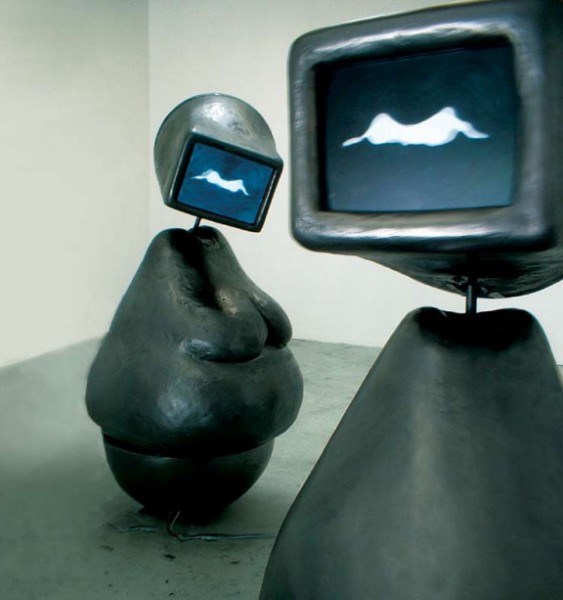By Robert Strauss

Fernando Orellana’s father was a civil engineer and Fernando, when he was growing up, liked art. There seemed little to connect them.
“But I saw my father tinkering when he came home, doing this and that. I watched, but with no particular interest,” said Orellana. “Then someone connected the dots for me. What my dad was doing was no less art than what I did. The idea is that he was being creative and trying to figure things out. That is art.”
What finally dawned on Orellana is what has become an exciting mini-trend in modern art, the connection of mechanics, technology and art, primarily sculpture. Since it is primarily robotics-based, it is called ArtBots, and its advocates are positively evangelical about it.
“The definition of robotics is not firm and, frankly, the definition of art isn’t firm either,” said Douglas Irving Repetto, whose day job is as the Director of Research at the Columbia University Computer Music Center, but whose lifeblood is as the guru of the ArtBot movement. He has been the curator of several significant ArtBot exhibitions, the most recent one this summer at the Klein Art Gallery in the University City Science Center, a research facility just off the campuses of the University of Pennsylvania and Drexel University. “It is a diverse and wide open field and full of open questions. The primary one is, ‘What does it mean for a non-human system to be creative?’ Each artist is asking different questions when he or she enters the world of robotics. There is a sense now that there is a lot here, and that we don’t really know the answers yet.”
